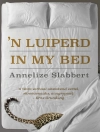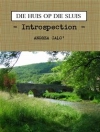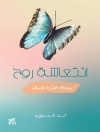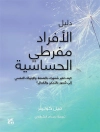Tracing the life of the plants and animals of Forrestdale Lake through the six seasons of the local indigenous people, the first part of
Black Swan Lake presents a wetlands calendar over a yearly cycle of the rising, falling and drying waters of this internationally important wetland in south-western Australia. The second part of this book considers issues and explores themes from the first part, including a cultural history of the seasons and the black swan.
Black Swan Lake is a book of nature writing and environmental history and philosophy arising from living in a particular place with other beings. The book is a guide to living simply and sustainably with the earth in troubled times and places by making and maintaining a strong attachment and vital connection to a local place and its flora and fauna. Local places and their living processes sustain human and other life on this living earth.
Tabela de Conteúdo
PART I: Wetlands calendar Chapter 1: For a few years Chapter 2: Rising waters (August/Djilba/late winter) Chapter 3: Other place (September/Djilba/early spring) Chapter 4: Other life (October/Kambarang/mid-spring) Chapter 5: Wetland world (November/Kambarang/late spring) Chapter 6: Drying up (December/Birak/early summer) Chapter 7: Dry as a rule (January–February/Birak–Bunuru/mid-, late summer) Chapter 8: Still water (March/Bunuru/early autumn) Chapter 9: Big puddle (April/Djeran/mid-autumn) Chapter 10: Water’s back (June/Makuru/early winter) Chapter 11: Birds are back (July/Makuru/mid-winter) PART II: The downflow Chapter 12: The ballad of black swan lake: Homage to Henry David James Chapter 13: The black swan: Homage to hoax writers Chapter 14: The blackness of the black swan: Homage to Herman Melville Chapter 15: Black swamp city: Homage to Hugh Webb Chapter 16: The body of the earth and the body of Australia: Homage to the human body Chapter 17: The way of water: Homage to Master Moy Lin-Shin Chapter 18: The seasons: Homage to Henry David Thoreau Chapter 19: The black arts of sublime technologies: Homage to Henry Adams Chapter 20: People and place of the whistling kite: Homage to Haliastur sphenurus Chapter 21: Living black waters: Homage to horrifying marsh monsters Chapter 22: Living with the earth: Homage to home-habitat
Sobre o autor
Emily Potter is a Senior Lecturer in the School of Communication and Creative Arts at Deakin University in Australia.












